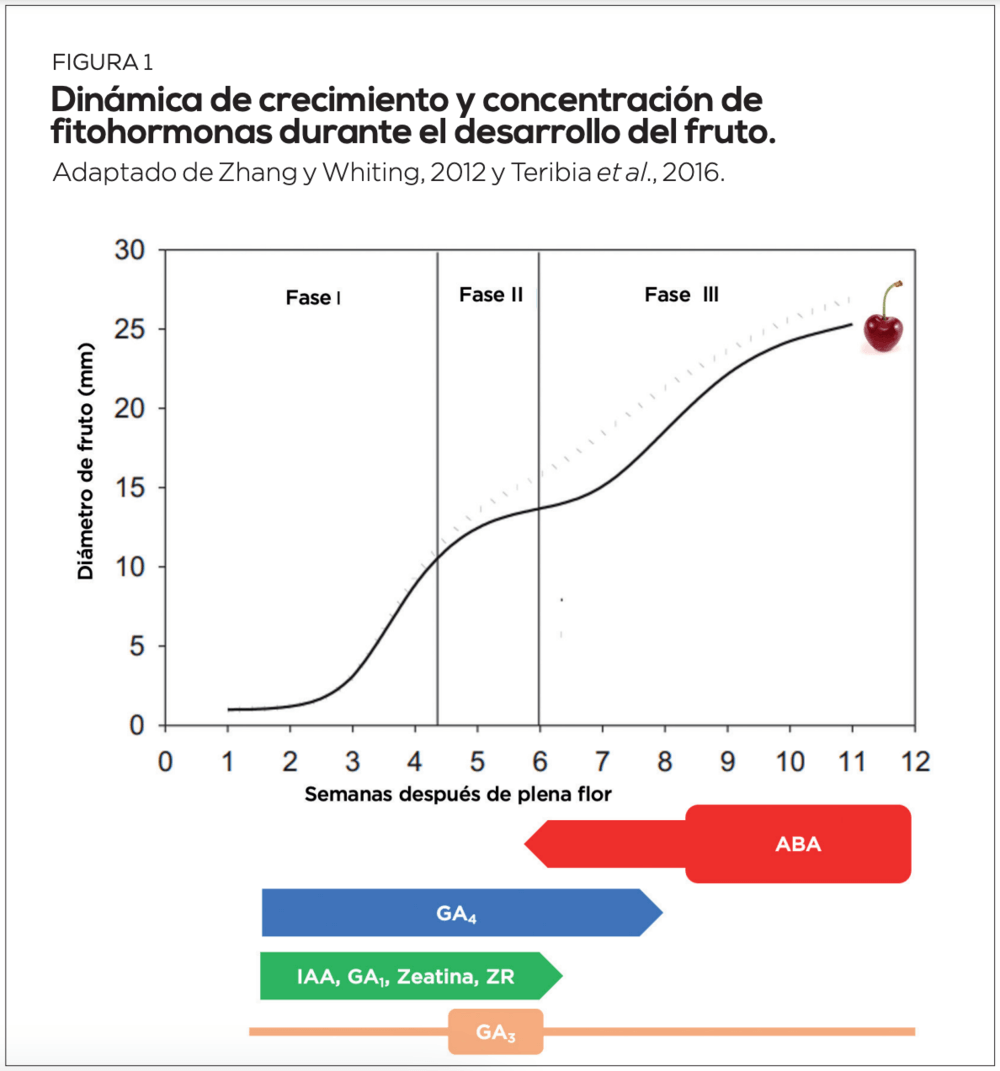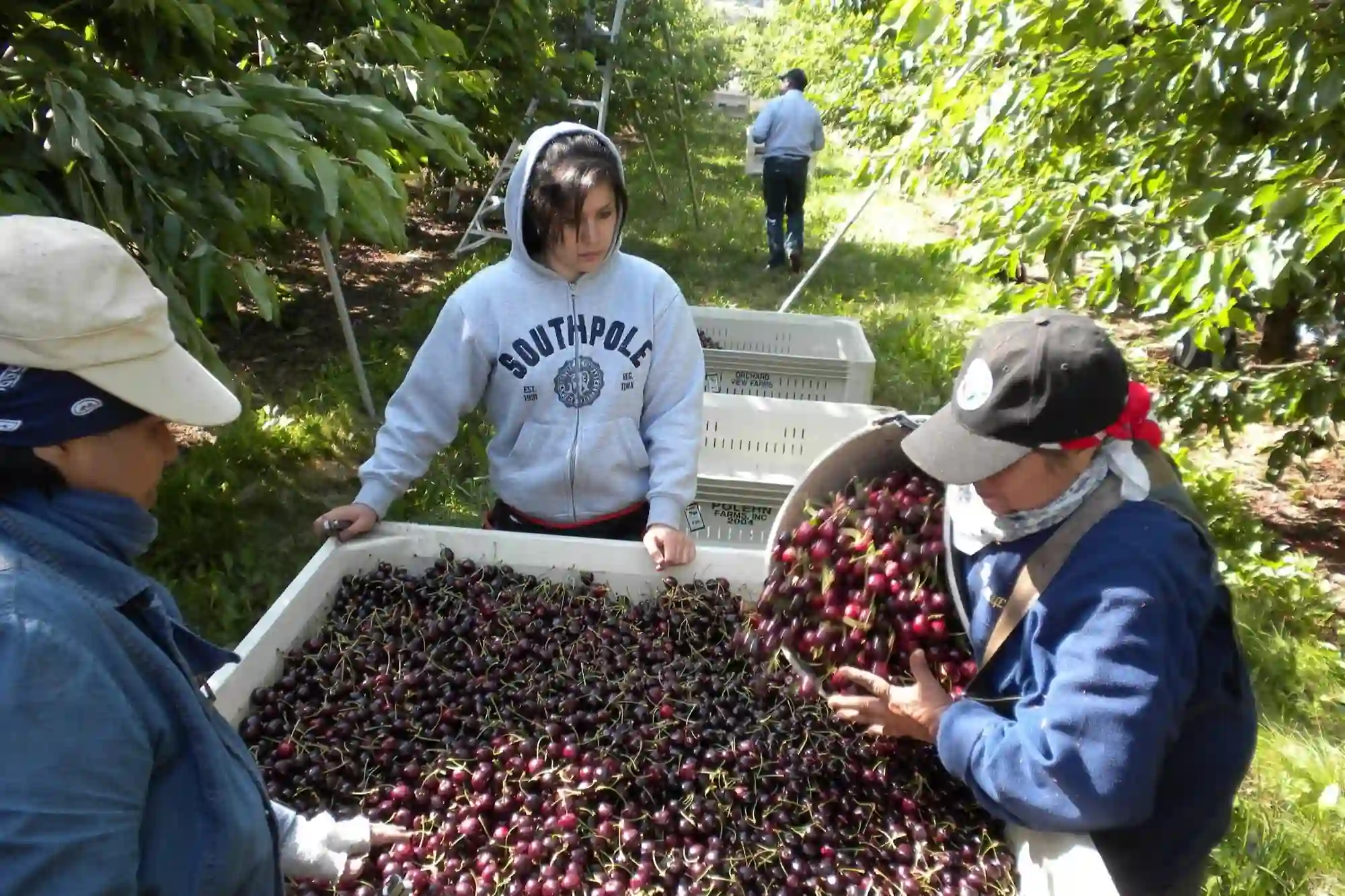Over the past two decades, exports of fresh cherries have grown rapidly, reaching 415,398 tonnes in the 2022-2023 season, with the Far East as the main destination, accounting for 92% of total exports (source: iQonsulting, 2023).
This increase is mainly due to the expansion of new orchards and better yields in existing orchards, especially for varieties such as Lapins and Santina. However, this growth can often compromise fruit quality, especially fruit size, which is a crucial factor in determining price and yield for growers.
To remain a leader in the industry, it is crucial to look for ways to improve the quality of the fruit demanded by the target markets. Growers have several management strategies to increase fruit size, including adjusting fruit load (through early bud or flower thinning), proper irrigation and fertilisation management, and the use of biostimulants and growth regulators during fruit development.
To better understand how these strategies work, it is important to understand the growth curve of the fruit. The cherry has a double sigmoid growth curve divided into three phases. The first phase is characterised by active cell division of the mesocarp (fruit flesh) and significantly influences the potential size of the fruit.
The second phase involves a slower growth of the mesocarp, while the third phase is characterised by the elongation of the cells of the mesocarp due to water supply, which makes proper irrigation management important.
Changes in fruit size are influenced by phytohormones, the concentration of which varies during development. For example, in the early stage, there are high levels of growth-related phytohormones such as auxins, cytokinins and gibberellins, while in the later stage, there is an increase in gibberellins and abscisic acid, which regulates ripening.
 Fig.1: Dinamica di crescita e concentrazione di fitormoni durante lo sviluppo dei frutti.
Fig.1: Dinamica di crescita e concentrazione di fitormoni durante lo sviluppo dei frutti.
Read the full article: Mundoagro
Images: Mundoagro
Cherry Times - All rights reserved












